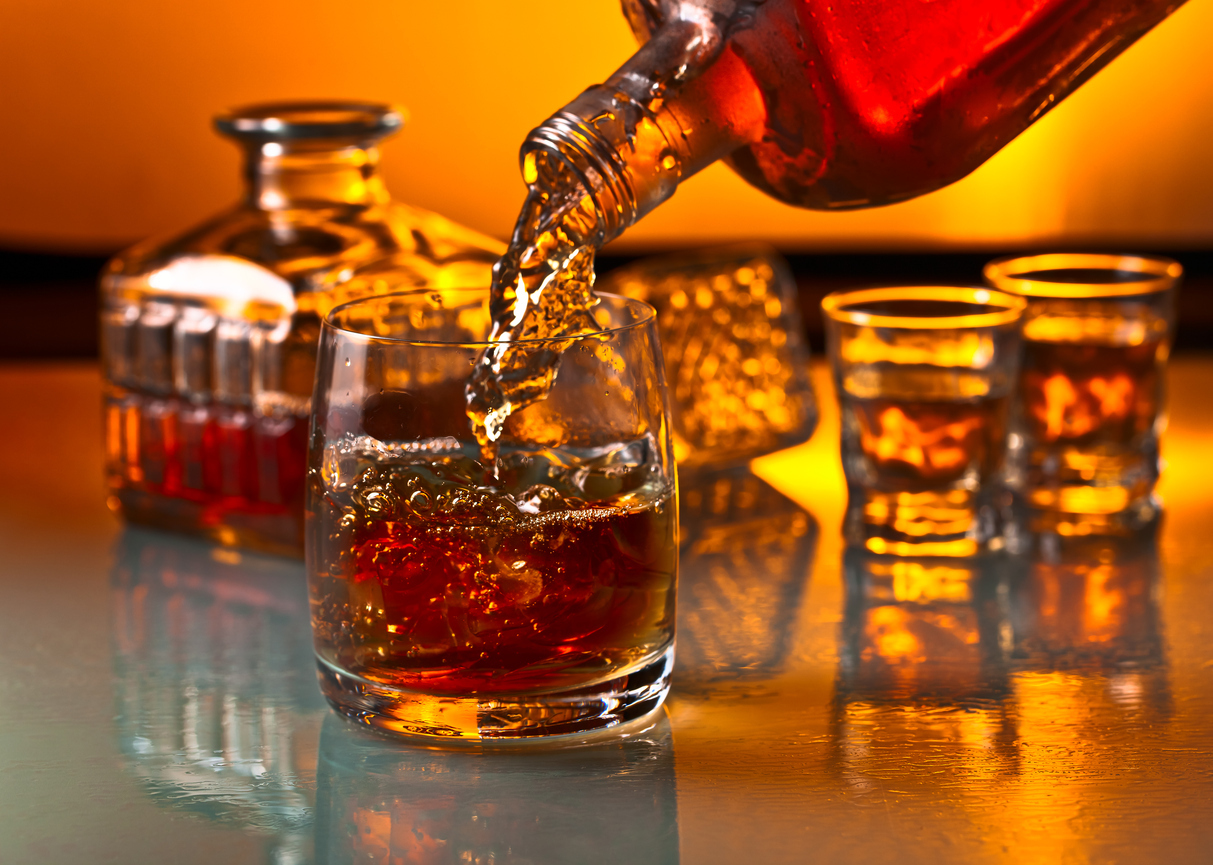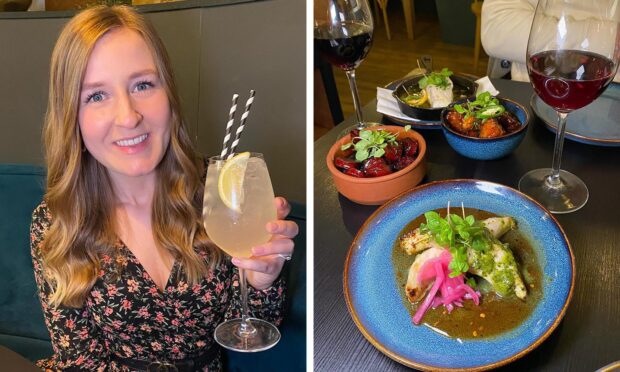Over the decades, thousands of brands of Scotch blended whisky have come and gone. Some have lasted and thrived until the present day, others have flickered and faded amid stiff competition and changing tastes.
Yet, somehow, vestiges of their existence pop up regularly to remind whisky enthusiasts of what once was but is no more. Rare old bottles turn up at salerooms or, increasingly, online whisky auction sites. Or water jugs, ashtrays and other pub ephemera appear at car boot sales, charity shops or antique and bric-a-brac dealers.
If I see a bottle or jug with a brand name that doesn’t ring a bell, I delve into my library and archives or trawl the Net to find out more. Among my recent discoveries was a decanter marked Tuxedo, the American name for a dinner jacket, aimed at the US market in the 1970s. Available in bottles and ceramic decanters, it came from the long-vanished Tuxedo Whisky Co in Glasgow.
I had more luck with an old Glen Garry jug. It was a blend produced years ago by John Hopkins and Co, one of many names now in the Diageo portfolio — but today it’s one of several single malts made by Loch Lomond Distillery at Alexandria. Or there was Doctor’s Special, a blend that gained Swedish Royal approval and came from Robert MacNish, a firm now part of Macduff International. Current MacNish brands include Grand MacNish, Lauder’s and Regent.
Another intriguing whisky jug proclaimed Black Prince, from London firm Nordren McCall, now vanished although odd bottles show up at auctions or whisky websites. Another read Jamie Stuart, a onetime blend from J&G Stewart, now part of Whyte and Mackay, in turn owned by the Filipino firm Emperador. Next was McCallum’s Perfection — a firm founded by Edinburgh brothers Duncan and John McCallum in 1807, bought by Distillers (DCL, now Diageo) in 1937 but their name still used on certain labels.
Most intriguing was The Clochnaben, from the firm James Hunter at Banchory, not a town normally associated with whisky, although Dark Matter rum is now made there. Can any reader enlighten me?










